Archives
- 2025-12
- 2025-11
- 2025-10
- 2023-07
- 2023-06
- 2023-05
- 2023-04
- 2023-03
- 2023-02
- 2023-01
- 2022-12
- 2022-11
- 2022-10
- 2022-09
- 2022-08
- 2022-07
- 2022-06
- 2022-05
- 2022-04
- 2022-03
- 2022-02
- 2022-01
- 2021-12
- 2021-11
- 2021-10
- 2021-09
- 2021-08
- 2021-07
- 2021-06
- 2021-05
- 2021-04
- 2021-03
- 2021-02
- 2021-01
- 2020-12
- 2020-11
- 2020-10
- 2020-09
- 2020-08
- 2020-07
- 2020-06
- 2020-05
- 2020-04
- 2020-03
- 2020-02
- 2020-01
- 2019-12
- 2019-11
- 2019-10
- 2019-09
- 2019-08
- 2019-07
- 2019-06
- 2019-05
- 2019-04
- 2018-07
-
Finally it is possible that the increase in
2022-08-02
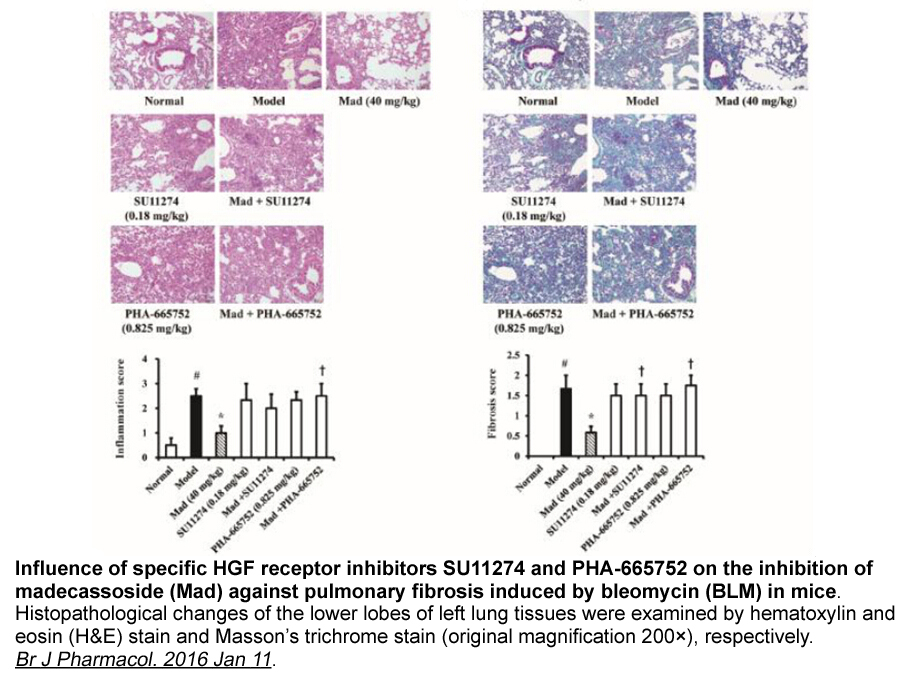
Finally, it is possible that the increase in the number of EAAT-3-labelled cells in the DG at PD 60, when compared with the control and experimental animals at PD 14, is associated with natural changes in the number of neurons present during the postnatal development of the hippocampus (41, 42) and,
-
The LBD experiences a large scale conformational
2022-08-02
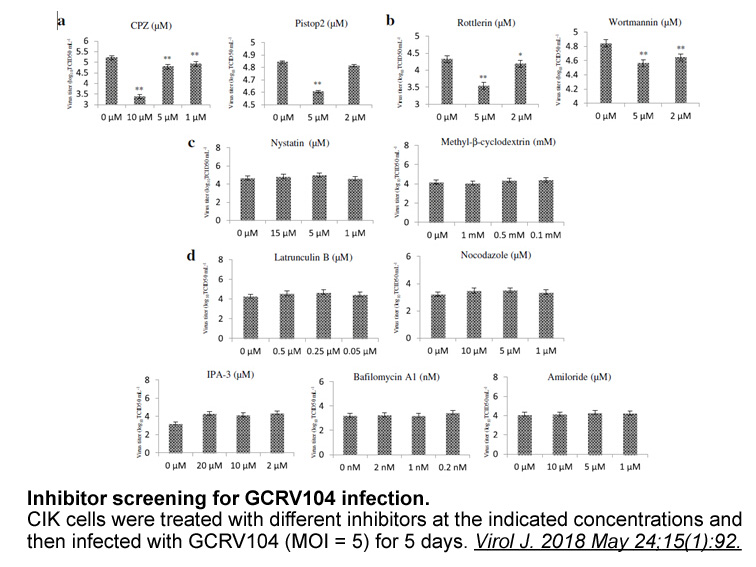
The LBD experiences a large-scale conformational transition between open and closed states upon agonist binding within the cleft separating the two lobes of the domain. The upper lobe (Lobe 1, also called D1) is connected to the ATD, and the lower lobe (Lobe 2, also called D2) is connected to the TM
-
In summary activated A AR exacerbated the
2022-08-02
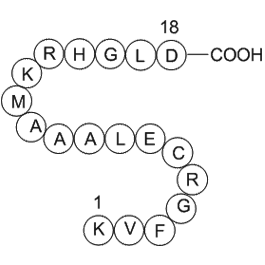
In summary, activated A2AR exacerbated the reverse transport function of endothelial EAATs through a direct or indirect pathway depending on PKA and glutamate levels in response to OGD in vitro, but A2AR inhibition quickly restored the normal transport function. Moreover, the key mechanisms by which
-
br Spatial working memory is GluR A dependent The radial
2022-08-02
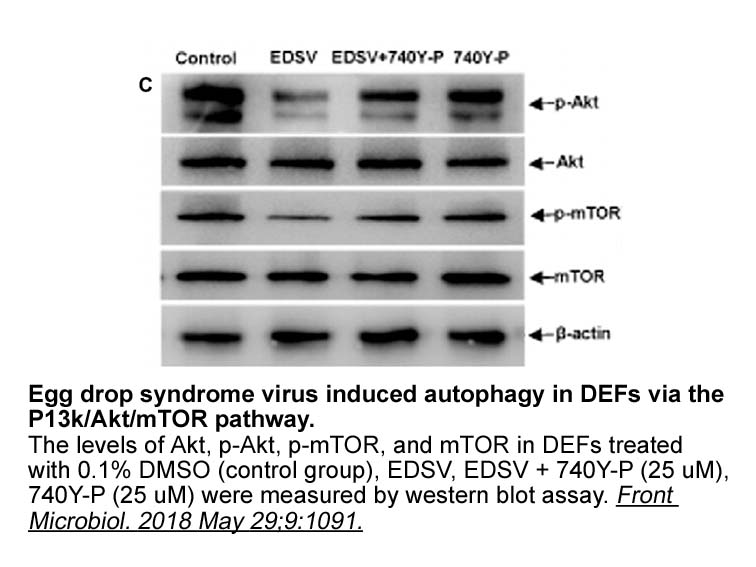
Spatial working memory is GluR-A-dependent The radial maze task also allowed us to study hippocampus-dependent spatial working memory. On spatial working memory tasks, the correct spatial response that the animal must make varies from trial to trial and is dependent on some conditional, trial-spe
-
Due to the versatility of the ghrelin system
2022-08-02
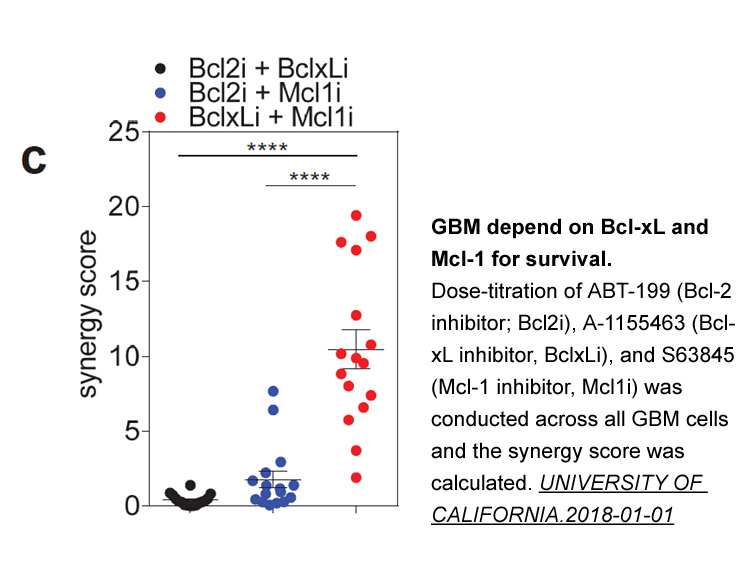
Due to the versatility of the ghrelin system and its multiple functions, dysregulation in some of the components of the ghrelin system, such as ghrelin, GOAT, and GHSR, might lead to pathogenesis of many endocrine-related diseases, including obesity, short stature, cancer, inflammatory, and cardiova
-
br Chronic obstructive pulmonary disease COPD is characteriz
2022-08-02
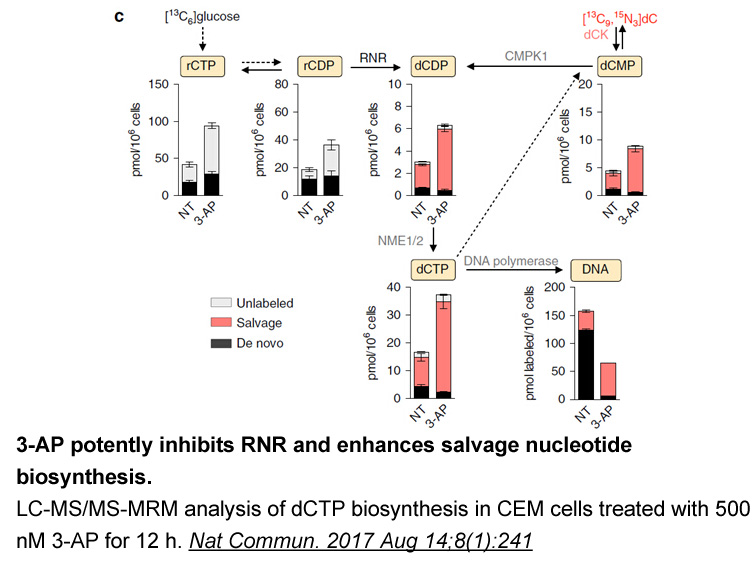
Chronic obstructive pulmonary disease (COPD) is characterized by progressive obstruction of airflow, not fully reversible, which is accompanied by a chronic inflammatory response, induced by deleterious particles or gases, in airways and lung parenchyma. The most important risk factor for COPD is
-
Corresponding to the different insulinotropic signaling the
2022-08-02
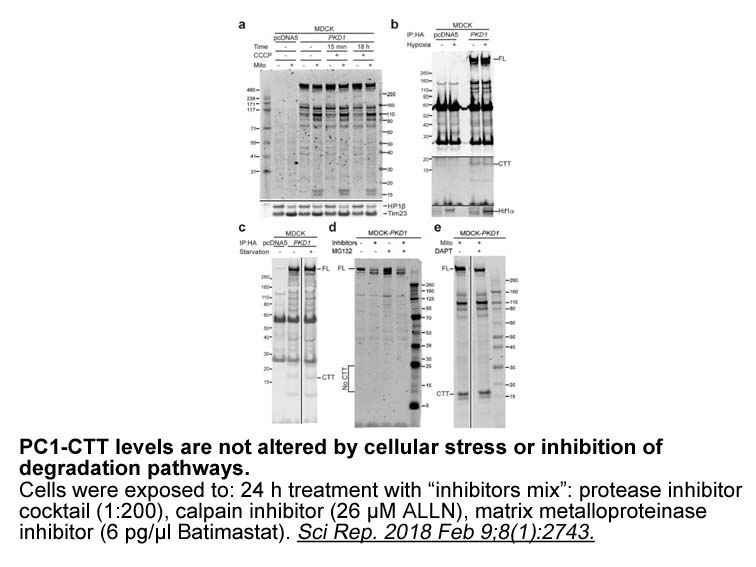
Corresponding to the different insulinotropic signaling, the competitive radioligand-binding studies demonstrated at least 3 distinct SMIP004 sale on GPR40: orthosteric binding site for endogenous ligands, allosteric binding site for partial agonists and another allosteric binding site for full agon
-
br Importance of iron and lipoxygenase
2022-08-02
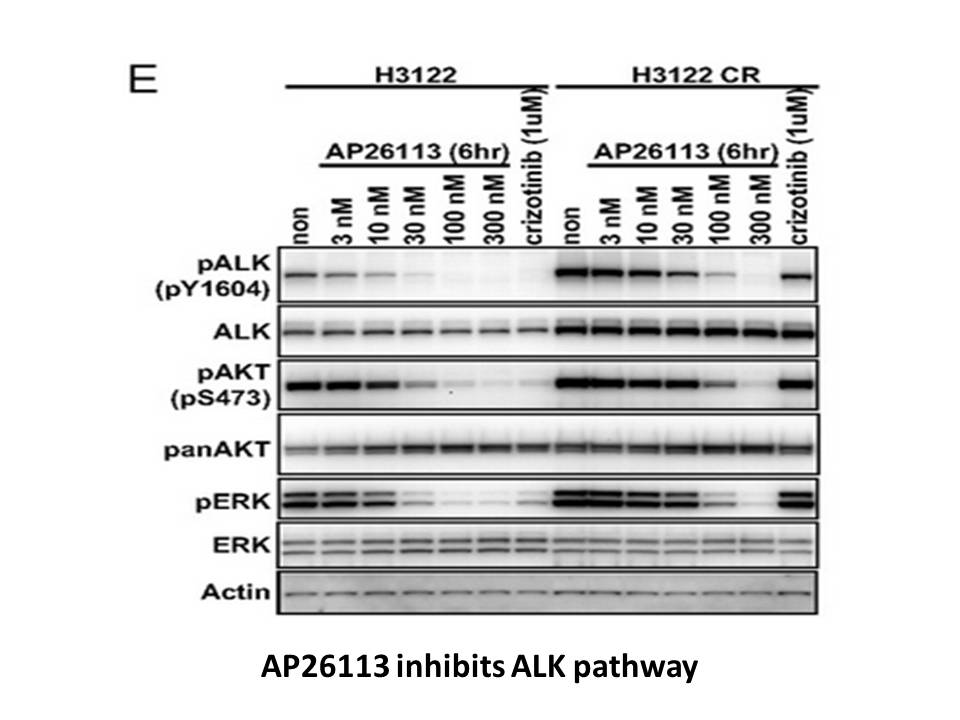
Importance of iron and lipoxygenase in ferroptosis What remains to be somewhat controversial is the role of iron and lipoxygenases (LOX) in the death process, specifically in lipid peroxidation. So far, iron chelators have been repeatedly shown to halt ferroptosis (hence its name) induced by chem
-
br Materials and methods br Results br Discussion mmLDL is
2022-08-02
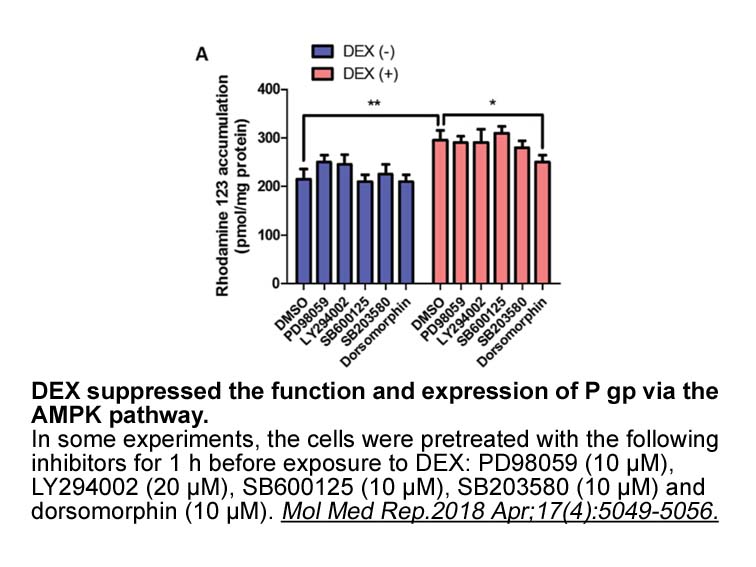
Materials and methods Results Discussion mmLDL is an important risk factor for cardiovascular disease, but its mechanism is still unclear. Previously, we co-cultured mmLDL with the coronary artery and basilar artery and found that mmLDL could upregulate ETB receptor expression in both [16],
-
Despite all efforts for development of
2022-08-02
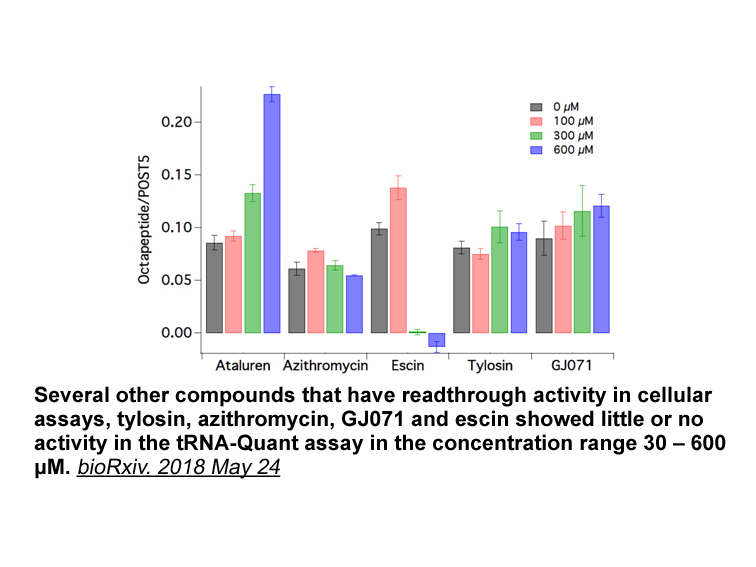
Despite all efforts for development of reliable laboratory methods, according to WHO/UNAIDS technical update on HIV incidence assays, none of the assays evaluated by Consortium for the Evaluation and Performance of HIV Incidence Assays (CEPHIA) have completely met the criteria for an incidence assay
-
Not only does G a GLP complex
2022-08-02
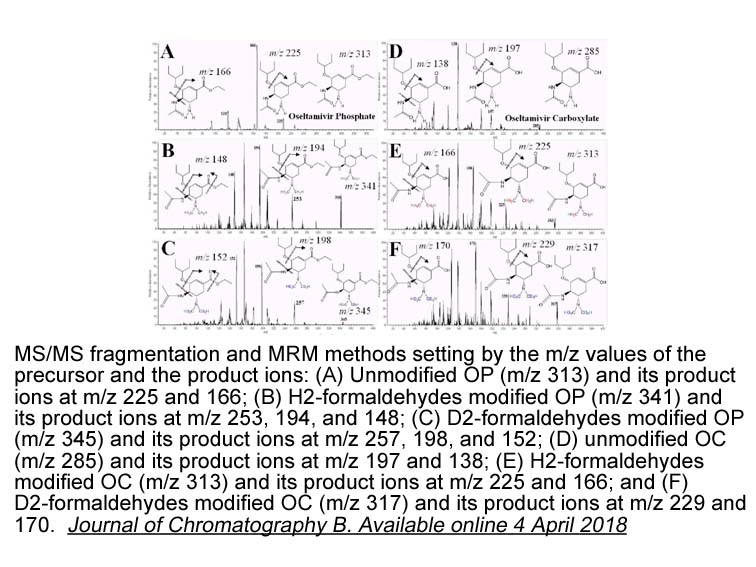
Not only does G9a/GLP complex appear to play a role (albeit a seemingly conflicting one) in LTP maintenance, it may also be involved in long-term depression (LTD) (). At hippocampal CA1 synapses, LTD can be induced by pharmacological or synaptic stimulation of Group 1 metabotropic glutamate receptor
-
In conclusions it is hypothesized that caffeine
2022-08-01
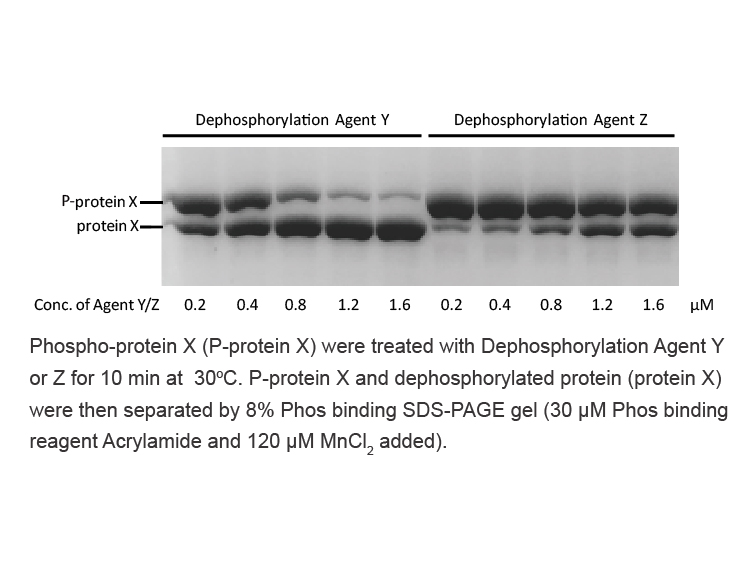
In conclusions, it is hypothesized that caffeine administration could lead to an increase in histamine neuronal activation or release of histamine [38] to induced locomotor stimulation via H1 receptor activation. In addition, the present study also propose that the spaced administration of caffeine
-
br Retrieval requires histamine H receptors in dorsal hippoc
2022-08-01
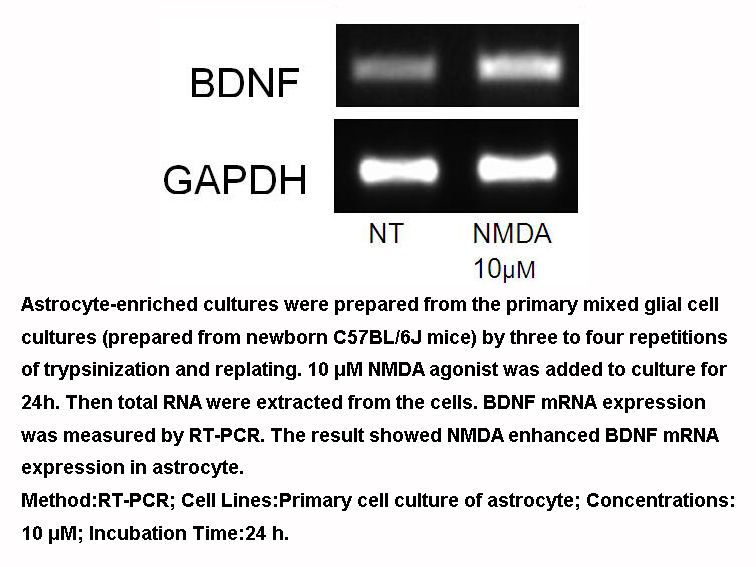
Retrieval requires histamine H1 receptors in dorsal hippocampus Retrieval is a dynamic process that requires neurotransmitter regulation (Barros et al., 2000, Barros et al., 2001). Recently, histamine, and histaminergic transmission has entered the list of putative neurotransmitter modulators of
-
br Results and discussion br Conclusions A series of novel
2022-07-30
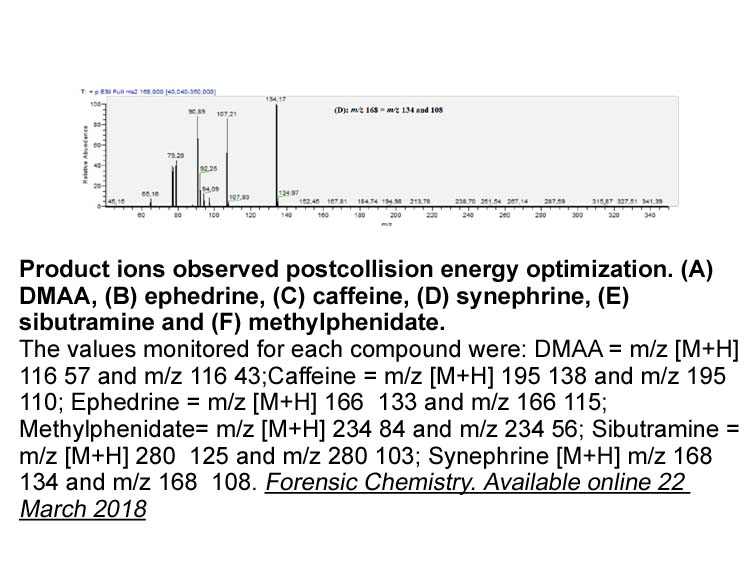
Results and discussion Conclusions A series of novel HDAC inhibitors comprising the thioquinazolinone were designed and synthesized. These derivatives were evaluated for their antiproliferative activities against several human cancer cell lines. Then we chose compounds 7a, 4i, 4o, and 4p to fu
-
SB 265610 HCV is a highly diverse virus with
2022-07-30
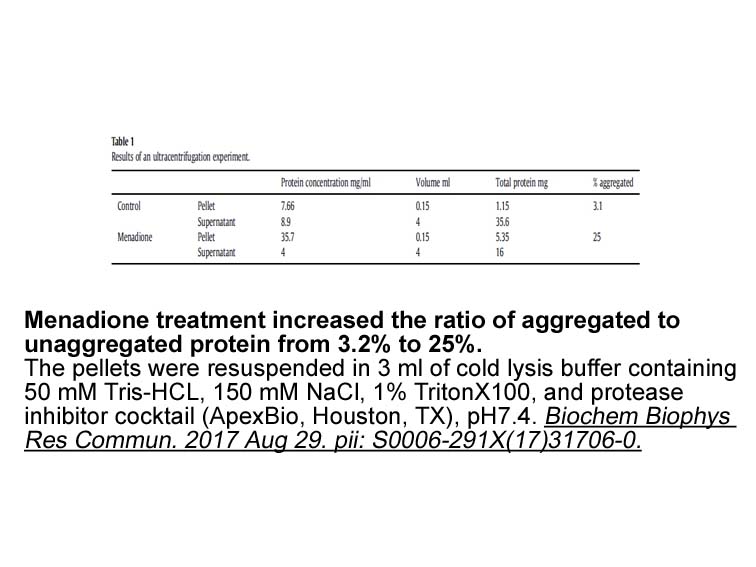
HCV is a highly diverse virus with seven known genotypes (GT1–7) and multiple subtypes (Gower et al., 2014, Messina et al., 2015, Smith et al., 2014). Patients infected with HCV develop a heterogeneous population of viral species known as quasispecies due to low fidelity of the RNA-dependent RNA pol
11148 records 93/744 page Previous Next First page 上5页 9192939495 下5页 Last page